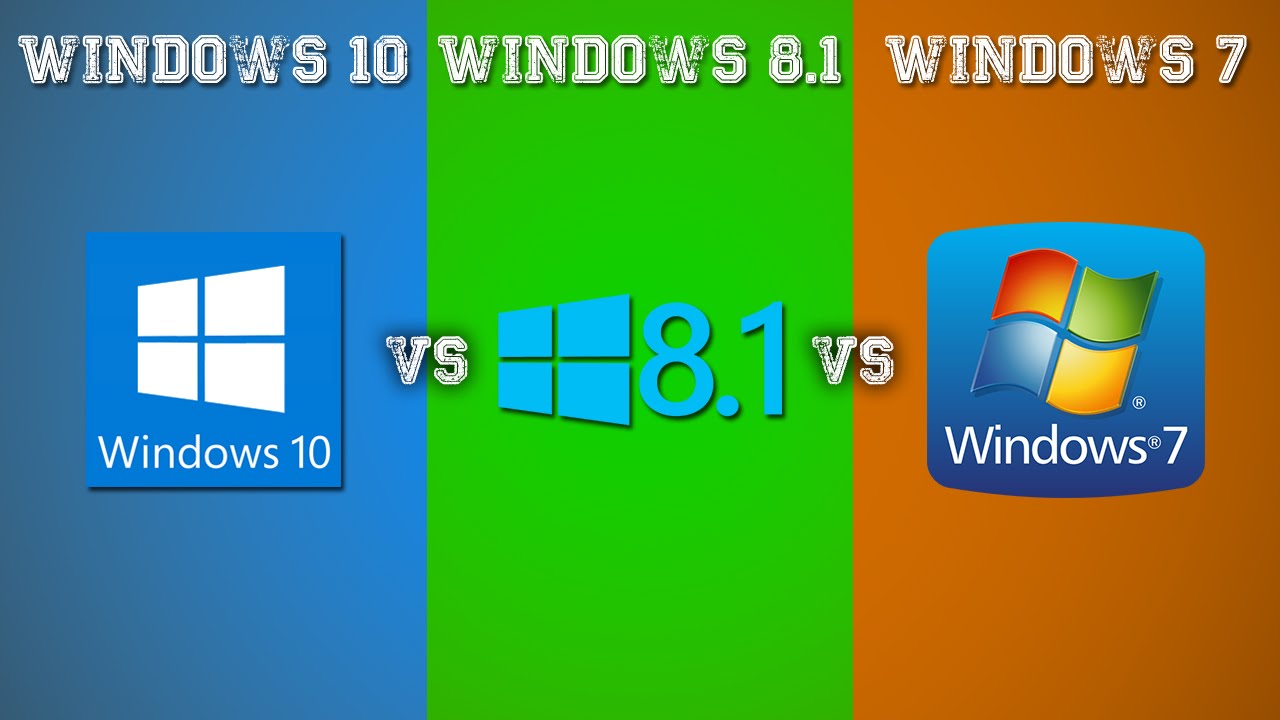Even after July 29th 2016, Microsoft Windows 10 is still cheaper than Windows 7 and Windows 8.

In less than six months, Microsoft Windows 7 and 8.1 licensees, who have not yet upgraded to Windows 10, will have to pay retail prices to upgrade to the new operating system.
At not nearly half year from the July 29th 2016 cut-off date, a number of newswires have gotten a headstart in a panic-inducing campaign, warning people that Windows 10 is not free (gasp!), while conveniently neglecting to mention an important aspect about the true cost of Windows 10, compared to previous versions of Windows.
Once the offer ends, users wanting to switch to Microsoft Windows 10 Home edition, will have to pay $119.99, while those who want a premium experience, such as small businesses and organizations, will have to pay $199.99 for Windows 10 Pro; yet, how much is it, compared to Windows 7 and Windows 8?
The key differences between Windows 10 and previous versions, is the type of editions available with each iteration of the operating system. With reference to consumer-facing editions, Windows 10 is split in two main editions: Home and Pro, while Windows 7 launched in three versions: Home Premium, Professional and Ultimate, and Windows 8 was offered to entry-level consumers as Windows 8, and to power users as Windows 8 Pro.
Furthermore, both Windows 7 and Windows 8 were offered with cheaper upgrade pricing models, for owners of previous versions of Windows still supported by Microsoft.
Windows 10 Home, Windows 7 Home Premium, Windows 8
Both Home editions of Windows 7 and Windows 10, are characterized by an entry-level experience, where consumers can accomplish daily tasks and enjoy entertainment features, on entry-level devices, like cheaper laptops and desktop PCs. As mentioned earlier, the cost of Windows 10 Home is $119.99, which is equal to the cost of upgrading to Windows 7 Home Premium, minus of course the cost of inflation, which, in today’s currency would be quite a bit higher, making the full, standalone Home edition of Windows 10, cheaper than its pre-predecessor’s upgrade price.
Windows 7 Home Premium users looking to upgrade to Windows 8, were also asked to pay $119, with an extra $99.99, if they wanted Windows 8 Pro Pack, which included customization of the Start screen with Live Tiles,the choice between 32 bit Upgrade or 64 Bit Upgrade, and Bitlocker encryption. The Media Center Pack was also an option for those looking to splurge an extra $9.99.
Windows 10 Pro, Windows 7 Professional/Ultimate, Windows 8 Pro
The concept of an “Ultimate” edition died with Windows 7, for a reason: it was confusing to consumers. Windows 7 Professional and Ultimate had many similarities, although the Ultimate edition was very much targeted at business customers, while the Professional edition was rather an enhanced Home edition with a number of extra features bridging the gap between Home and Ultimate. With Windows 8, Microsoft was finally done with its duality of premium editions, and started offering either a core base edition, or a Pro edition, making the choice a simple one, as well as slashing the prices considerably.
Windows 7 Professional was introduced with a hefty $299.99 price tag, while the Ultimate edition reached a whopping $319.99, which dwarfs Windows 10 Pro’s $199.99 price.
Windows 10 Pro is not only considerably cheaper than the full retail version of Windows 7 Pro, and Ultimate, it’s also cheaper than the upgrade pricing for Windows 7 Ultimate, set at $219.99, with the upgrade pricing for the upgrade version of Windows 7 Professional, was $199.99, same as the full, standalone version of Windows 10 Pro. With that said, it is technically still cheaper, when taking into account inflation, as mentioned early on.
Final thoughts: price, performance, security
Dollar for dollar, Windows 10 is, not only, more affordable than any previous version of Windows, it’s also capable of running on every system that can run on Windows 7 and 8, as well as systems as old as Windows XP, with a proven, and considerable performance gain.
With that said, concerns over security and privacy have come to light, thanks mostly to the same news outlets that choose to emphasize Microsoft’s own methods of tracking anonymous usage statistics, while conveniently neglecting the fact that far less anonymous data is collected, during an hour or less, per day, of regular web browsing, from any number of smartphones, tablets and laptops, whether they are powered by Windows 10, 8, 7, iOS, Android or Mac OS X.